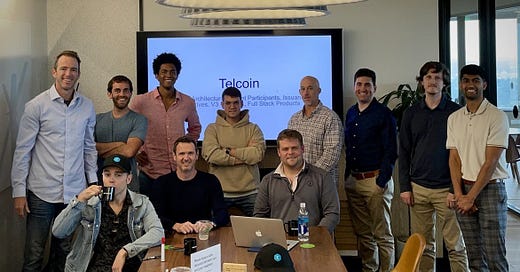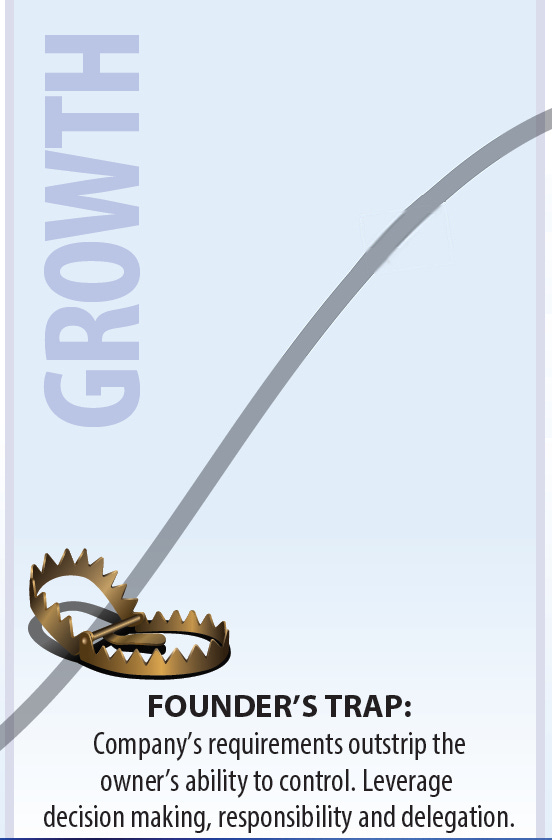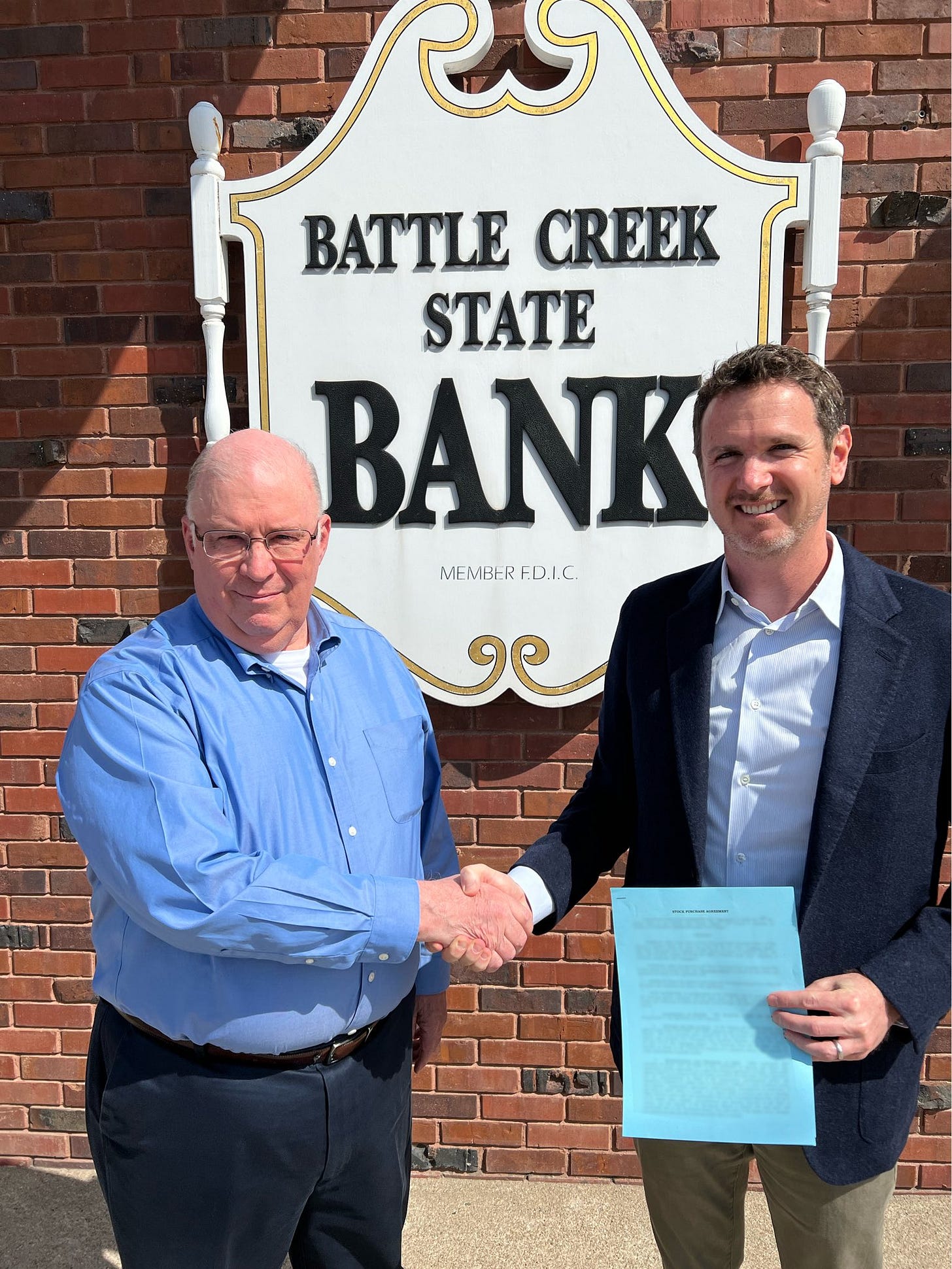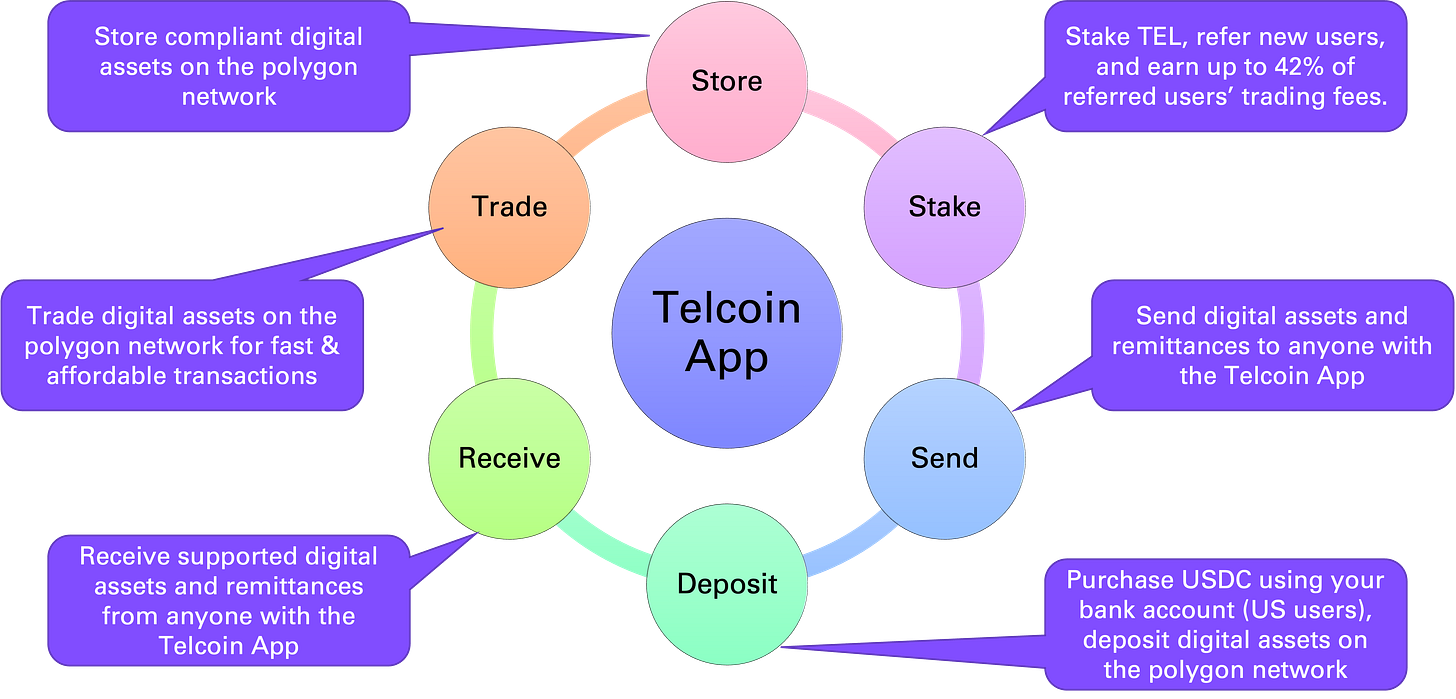Let’s talk about Telcoin’s leadership team.
Most people do not pay attention to the team behind a crypto project, yet this is one of the most important considerations that should be made prior to investing. The team driving a project must have credibility and necessary experience to see the vision through. Assessing the core leadership team, the developers, the partners, investors, and advisers should inform one’s decision to invest, particularly given unavailability of financial data.
Download the Telcoin App to get started
When I first came across Telcoin, my biggest fear was not whether the project vision was viable or not. I was more worried about whether the team can deliver on it. It’s big project. TELx, Rivendell, Remittances, Digital Asset Bank, DeFi exchange, and a Digital Asset wallet - these are massive projects on their own, let alone in one company.
At the time, there had been issues concerning one of the founders who later left the company. I wondered if the team had what it would take to turn Telcoin - a start-up - into a truly global company. This was vital for me as I sought to invest strategically in a crypto with a long-term plan. I have never had the temperament of a trader, therefore moving between different cryptos is not my strategy. I wanted a crypto that I can grow with, for the longest possible time. And for this, a good team is necessary.
Start-ups do fail, a lot
To answer my questions about Telcoin, I considered various issues, including success rates and factors among start-ups in general.
Researchers suggest that up to 90% of start-ups fail. According to the Beareu of Labour Statistics, only 20% of startups fail in their first year, 50% within five years, and 65% within 10 years. There are many factors that cause failure. In my assessment, Telcoin faced a possibility of failing between 2017 and 2018 with leadership challenges. However, with Paul Neuner’s fortitude, and the support from the team the company survived. They survived the first-year death trap. By end of 2022, they had made it across the fifth-year mark, which is a major achievement given the statistics above.
Failures can be attributed to a variety of factors, including the entering an incorrect market, insufficient research, poor partnerships, and a lack of expertise. Weak teams cause about 25% of start-ups to fail. When there is a lack of strong leadership in a team, mission-critical decisions that require decisive and clear responses will drag out and delay a project. Furthermore, if roles are not defined and clear lines of responsibility are not formed, development cycles will never acquire traction.
When it comes to expertise, your development team must have the right technical expertise. For example, there are millions of software developers, but only a tiny fraction understand developing for the blockchain. You see this on social media on a daily basis. There are many who know better how to develop the Telcoin App, or market the product etc. But, to their credit, the Telcoin team has blocked the noise, and stuck to their team and vision. This is important because if you move with the wind, and make wrong decisions with your development team, your blockchain start-up is doomed.
It must be acknowledged that Telcoin had done an exceptional job in recruiting the right expertise. They have also done an amazing job in developing in-house skills. Just look at where Will Myers and Josh Worley were a few years ago, and where they are now and you’ll agree that Telcoin has really done well in “growing their own timber.”
I may add that having great expertise alone is not enough. You’ve got to know how to integrate these skills into a unified, coordinated entity that works cohesively. This is because the quality of a team is tested when they face challenges that threaten the very survival of the start-up; and how they go from such challenges to realising their potential.
Founder’s trap
Another major problem for start-ups is the founders trap.
The expression "founder's trap" refers to a circumstance in which a founding entrepreneur, despite having the best of intentions, begins to hamper a company's growth and progress. This could be due to their refusal to give up some control and hand over tasks to someone better suited.
Dr. Ichak Adizes first coined the word in his 1990 book Corporate Lifecycles to describe the nine stages that every organization goes through, from "birth" to "death." Others have modified these stages to highlight context-specific start-up issues.
There are many challenges faced by founders in the early stages of start-ups – and these may force them to horde over the reins out of fear of what might happen. However, growing out of these challenges requires change management which may include enlisting the aid of professional experts. This is something Telcoin did pretty well. But how did they do it?
Telcoin overcoming the trap
- Attracting suitable individuals
If there is anything that I respect Paul Neuner for, it's allowing people with expertise - perhaps better than him - to join the team. He knew his deficiencies concerning the development of a crypto business; therefore he brought in Parker Spann, who has done an outstanding job with TELx. He knew his limitations regarding product development, he brought in Ryan Tully. He understood the value of bringing expertise on legal matters, engineering, design, human resources and operations. For this reason, he brought in Tim Mahota, Will Myers, Josh Worley, and John Hobbs. Telcoin is growing constantly because they have realized that to grow as a company they need to bring in the best people for the job.
- Market segmentation
One of my recent observations is how Telcoin has segmented their market. A lot of users for example have been calling for marketing. In the main, these calls relate to TEL, rather than the suite of financial services available at Telcoin. With the expertise of the team, Telcoin has been active on Discord, Twitter, Tik Tok and more recently on LinkedIn. If you look closely you will notice that the messages communicated in these platforms is tailored for specific markets. Discord is mainly for users with technical problems with the product. LinkedIn connects Telcoin with bigger corporates, mainly professionals with business and partnership interests. Twitter marketing is certainly not aimed at establishing partnerships. You will also notice that Rajesh Sabari does not even seem to have a Twitter account. Likewise, Parker has not been very active on twitter, but relatively active on platforms where he discusses TELx matters. Will and JT are active on Discord. What all of this mean is that Telcoin has strategically attracted and deployed different skill sets to different market segments. Each team player has a specific task, and is trusted to run effectively with it. This is the art of human resource management - letting people thrive in what they are good at, and in spaces that will yield maximum returns.
- Deployment of products
I’ve often reflected on how I miss Parker’s AMAs. I certainly do. But I also understand the evolution of Telcoin and where the company is at. In 2021 product development focused on the launch of V3 and TELx. This is Parker’s domain, and it makes sense that he was given space to introduce the product to the community through several engagements.
In 2021 as well, much focus was on the Nebraska project – and this is Paul’s baby. He was given space to drive it and speak publicly about it.
In 2023, the key product is the DeFi Exchange, the Digital Asset Wallet and Rivendell. Perhaps this is why Rajesh has come on to the fore. He is driving commercialization of these product and establishing partnerships.
In the background the engineering, compliance and other teams are working actively to drive product development. What is impressive to me, is the coordination in developing, and deploying products. From where I stand, everything seems to work seamlessly together. Perhaps this is why we are seeing no less than a dozen members off to the Mobile World Congress in Barcelona. They are going there to support one another in what seems to be one of the biggest events in the history of Telcoin. This is a sign of collaborated effort in developing and deploying products - through a shared vision.
What’s next
I am appreciative of the complexities of the Telcoin project, as reflected in the team setup. I am also aware that in any organisation there are interpersonal dynamics and challenges. But looking at how team dynamics and growth have been managed, I am confident that Telcoin has a team fit for purpose. They have what it takes to transition from being a start-up to a multinational giant of a company. Yes, as users we often complain as we do not know what is happening in the background, but a closer look shows where the priorities are; and how they are laying the foundation for what will soon become a truly global mobile financial services company. This team, is well qualified; and I am here for a long haul; to witness a start-up become a global giant. I hope you’ll stick around with me.
Disclaimer
This page will be updated as and when new information becomes available.
The information and content (collectively 'information') provided herein are general information. The authors do not guarantee the suitability or potential value of any information or particular investment source. Any information herein is not intended, nor does it constitute financial, tax, legal, investment, or other advice. The authors have no affiliation with Telcoin or other persons or companies referred to in this article. The information in this article is based on the sources used.





![Startup Failure Statistics: What Percentage of Startups Fail? [2023] Startup Failure Statistics: What Percentage of Startups Fail? [2023]](https://substackcdn.com/image/fetch/w_1456,c_limit,f_auto,q_auto:good,fl_progressive:steep/https%3A%2F%2Fsubstack-post-media.s3.amazonaws.com%2Fpublic%2Fimages%2F269b953e-b6f7-4de1-a559-5c75dd23d44e_1024x1024.jpeg)


